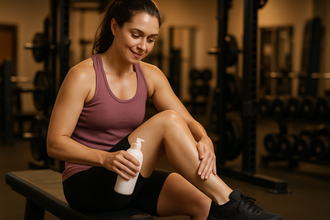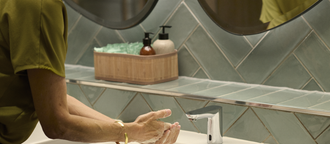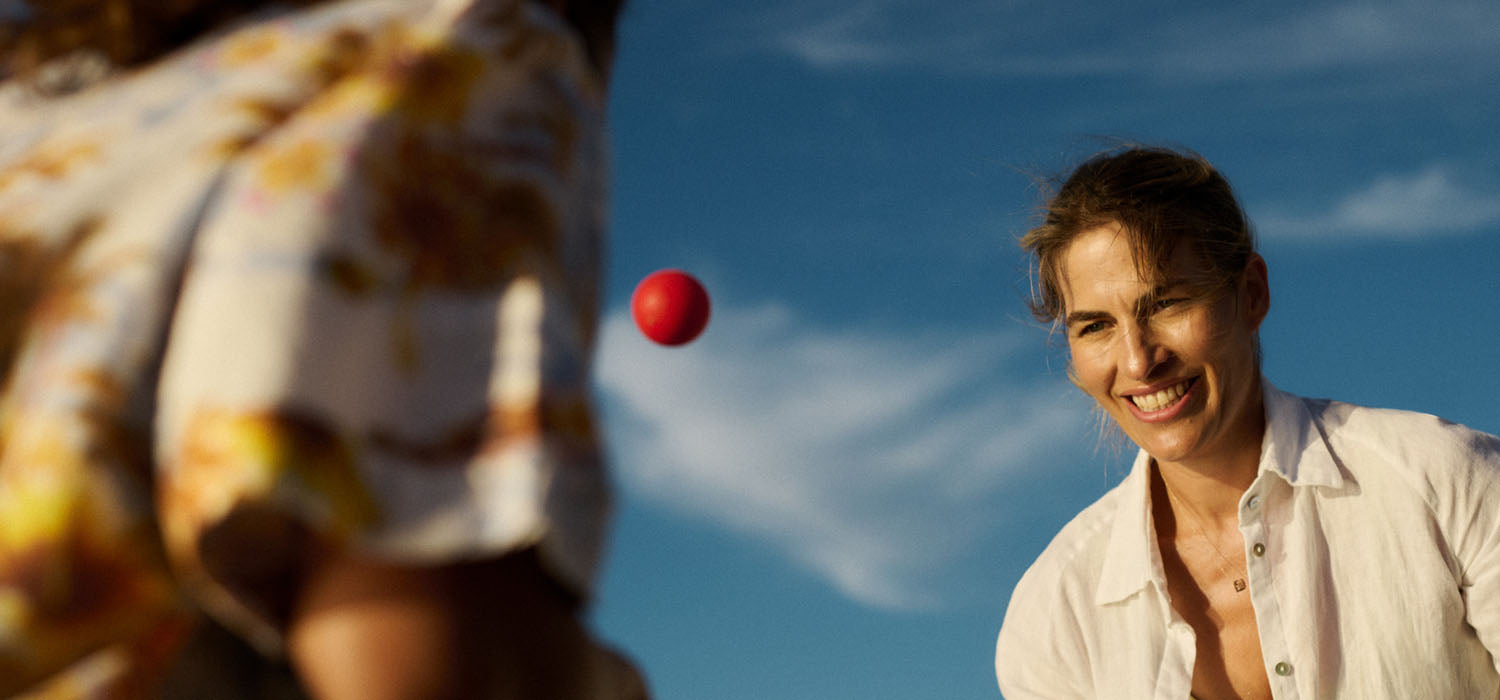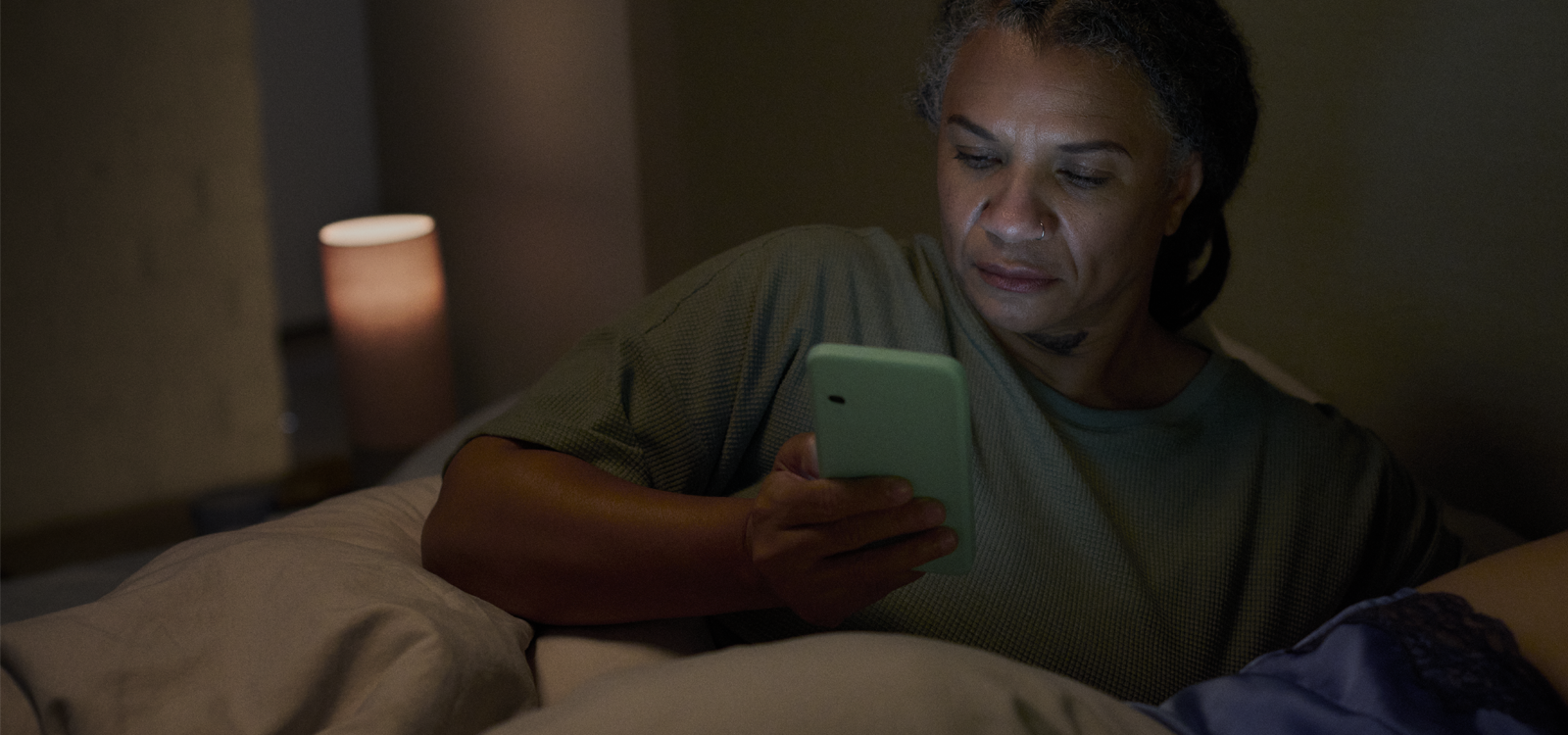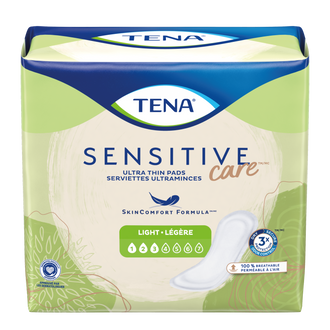Nov 11, 2024
Do you find yourself going to the bathroom quite frequently? Even if you’re not drinking a lot of liquid? If this sounds familiar, you might be dealing with a condition called polyuria.
Don’t worry; we’ll break down what polyuria is, how it differs from typical urination, and what symptoms to look out for.
We’ll also dive into the possible causes; from medications to lifestyle habits and share some handy tips for managing it.
What Is Polyuria?
Let’s start by looking at what polyuria is. It is the medical term for when your body is producing too much urine.1
But ‘how much is too much?’ you may ask.
Issues like an overactive bladder, an enlarged prostate, or even a urinary tract infection can have you rushing to the bathroom many times in a day, even when there’s hardly any urine in your bladder.1
But with polyuria, it’s a bit different—you’re making those trips because your bladder is actually full, and it’s filling up more often than usual.1
How Much Urine Per Day is Normal?
Normally, adults pass no more than 3 liters (approximately 101 fl. oz.) of urine per day, depending on how much they drink and some other factors.1 If you're going far beyond that, you might be dealing with polyuria.1
In contrast to what’s normal, people with polyuria make up to 15 liters (approximately 507 fl. Oz.) of pee per day,1 that’s five times more than the normal!
Symptoms of Polyuria
If you have polyuria, you might experience certain symptoms.1 Here’s what to look out for:
Excessive Urination
The main giveaway of polyuria is producing way more urine than usual—over 3 liters (approximately 101 fl. oz.) a day.1 It’s not just about running to the bathroom more often; it’s about the actual amount of urine your body is producing.1
If you’re pregnant, and you want to learn more about frequent urination and how it’s different? Check out this helpful resource.
Thirst and Increased Fluid Intake
Feeling constantly thirsty? That’s a common sign of polyuria.1 When polyuria is caused by diabetes insipidus or diabetes mellitus, it often comes hand in hand with excessive thirst, known as polydipsia.3
This means you'll find yourself drinking more to keep up with the extra trips to the bathroom.
Nocturia
Nocturia is when you have to wake up multiple times during the night to pee—and it’s common with polyuria.2 This can really disrupt your sleep, leaving you feeling drained during the day.
If this sounds familiar, you can read more about nocturia here.
Polyuria Causes
Polyuria can have a few different causes, ranging from drinking too much water, certain lifestyle habits, and even and health conditions.3 Let’s break it down:
Medication
Some meds can leave you running to the bathroom more than usual. Diuretics (often used for treating high blood pressure), for example, are designed to move water and salts out of your body.1
Other drugs, like lithium (used for mood disorders), could also boost urine production by affecting how your kidneys process fluids.3
Health Conditions
A few health conditions are known to cause polyuria. If you have diabetes mellitus, high blood sugar levels can make your kidneys work overtime, leading to more urine.1 Other conditions like diabetes insipidus, kidney disease, or hormonal imbalances can also disturb your body’s fluid regulation.1
And for men, an enlarged prostate or urinary tract infection can also cause frequent trips to the bathroom, by putting pressure on the bladder.1 You can dive deeper into how prostate health impacts urination here.
Lifestyle Factors
Sometimes, it’s all about your habits. Too much caffeine or alcohol can act as diuretics, causing you to pee more.3 Even drinking excessive amounts of water in an attempt to be healthier can lead to an uptick in urine production.1
If you’re wondering how your lifestyle might be affecting your bladder and kidney health, check out this helpful guide.
Polyuria vs Overactive Bladder
It’s easy to mix up polyuria and an overactive bladder since both make you run to the bathroom more often, but they’re actually pretty different.
With polyuria, the issue is the sheer amount of urine your body’s producing—more than 3 liters (approximately 101 fl. oz.) a day.1 In contrast, an overactive bladder makes you feel the sudden, urgent need to go, even when there’s not much urine to pass.4 Basically, polyuria is about volume, while an overactive bladder is about urgency without a full bladder.4
If you’re struggling to manage either, it might be helpful to look into products like TENA’s pads and underwear. They’re designed for comfort and discretion, helping you stay dry and confident no matter the situation.
To learn more about overactive bladder and tips for managing it, check out this guide or these essential tips.
When to Contact a Medical Professional
Wondering if it’s time to call the doctor? If your polyuria symptoms are sticking around or getting worse, it’s usually a good idea to check in with a healthcare professional.1
You should definitely seek advice if you’re also dealing with things like unexplained weight loss, fever, back pain, or fluctuating blood sugar levels (especially if you have diabetes).1
The earlier you catch any underlying issues, the better—so don’t wait too long to get a bladder screening and get checked out!
References
1. WebMD. ‘Polyuria’. 2024. Available from: https://www.webmd.com/diabetes/polyuria-too-much-urine
2. Healthline. ‘Excessive Urination Volume (Polyuria). 2018. Available from: https://www.healthline.com/health/urination-excessive-volume
3. VeryWellHealth. ‘Polyuria (Excessive Urination) Causes and Treatment’. 2022. Available from: https://www.verywellhealth.com/polyuria-overview-4587586#toc-polyuria-symptoms
4. VeryWellHealth. ‘Symptoms of Overactive Bladder’. 2023. Available from: https://www.verywellhealth.com/overactive-bladder-symptoms-5114619

























